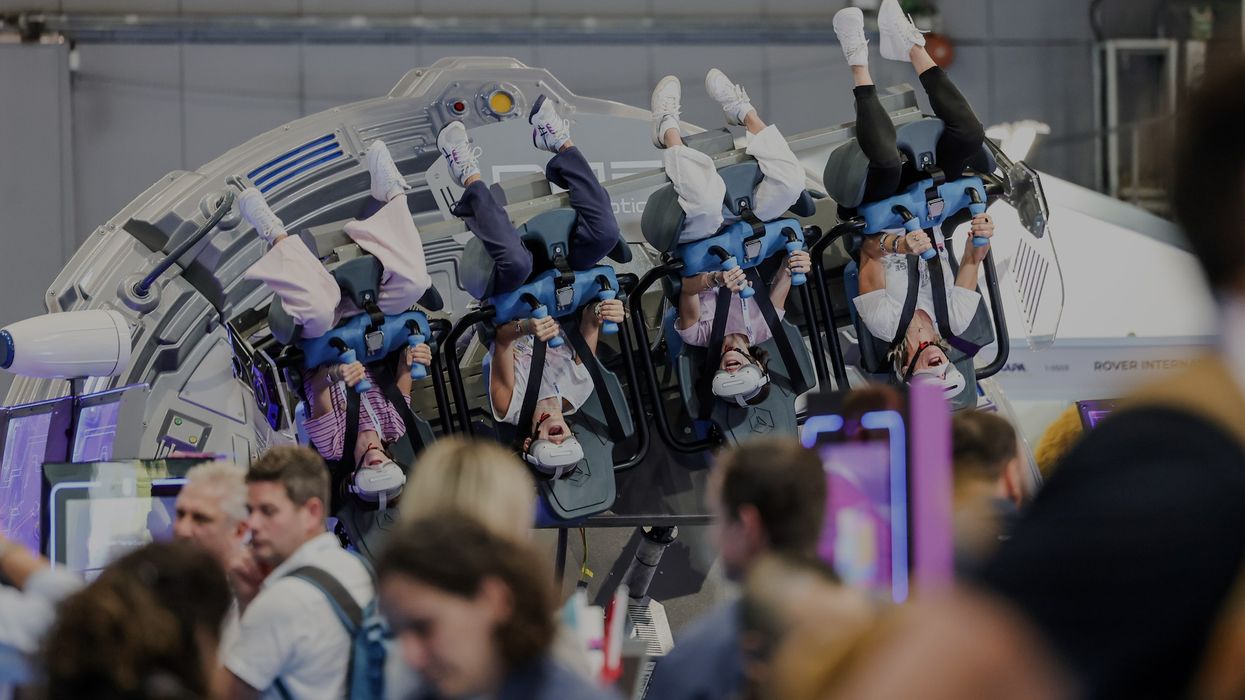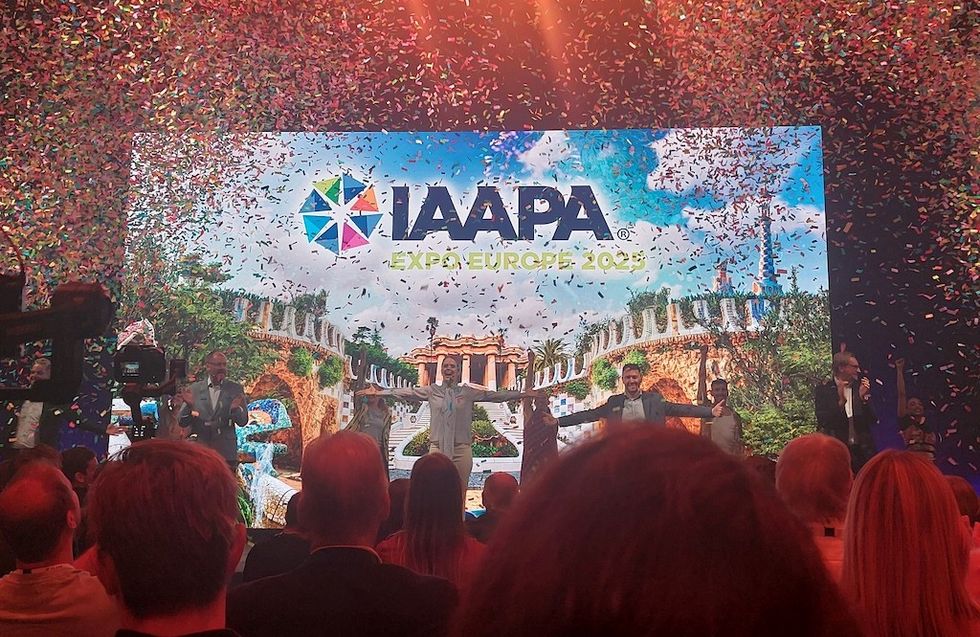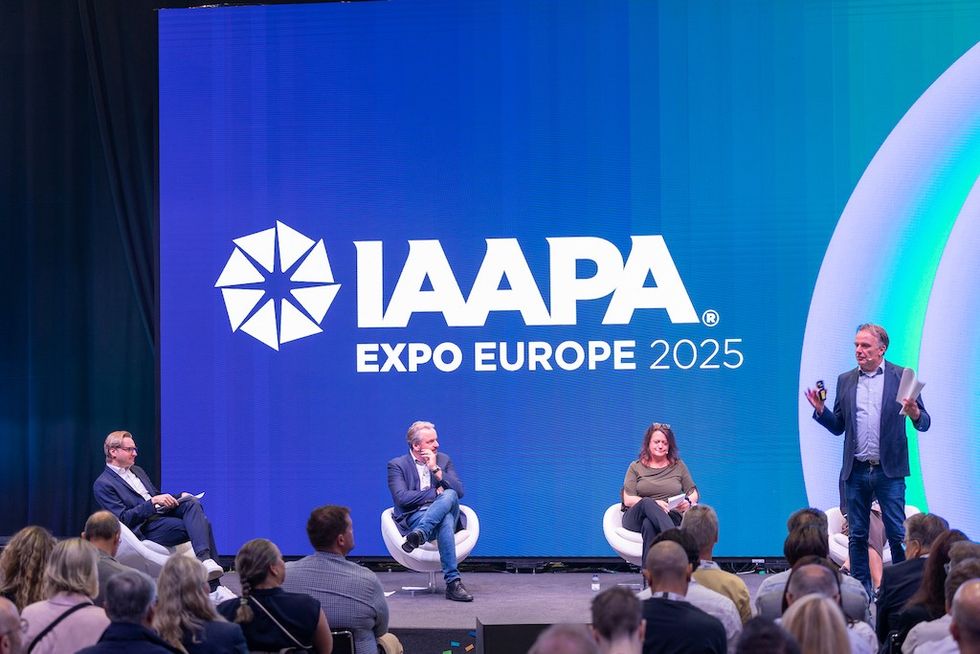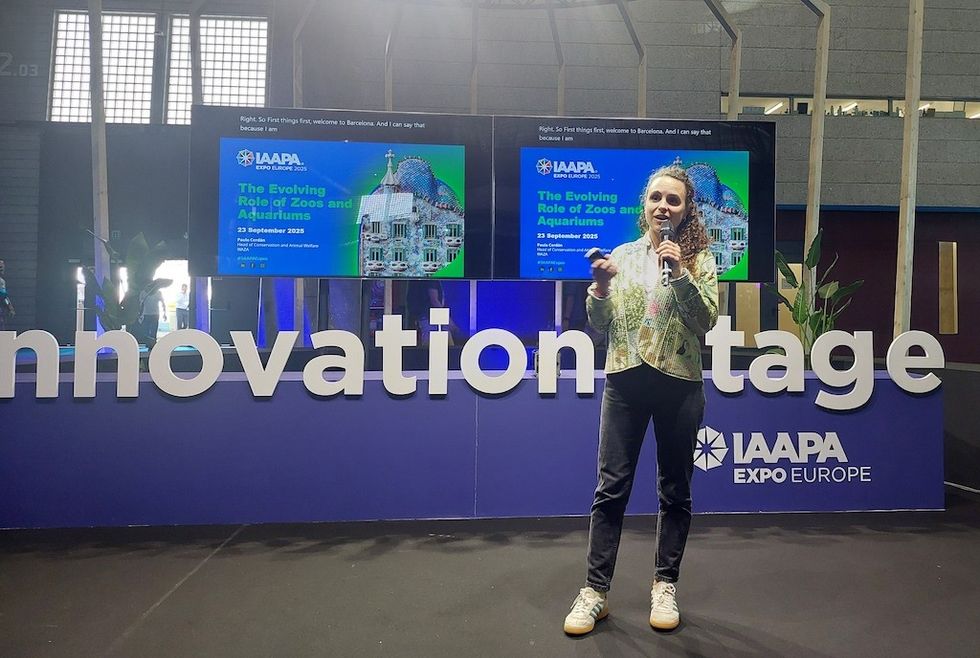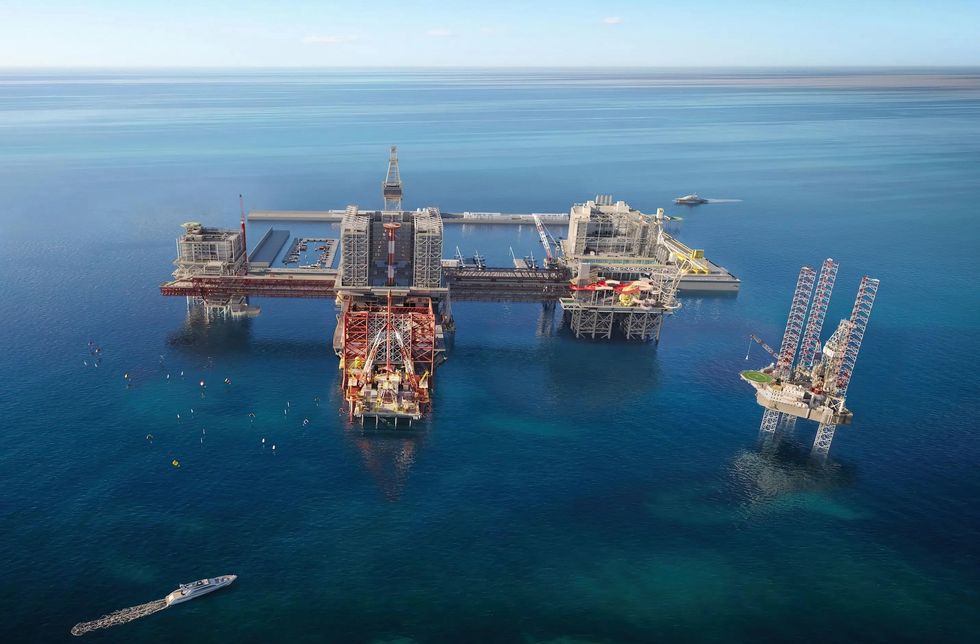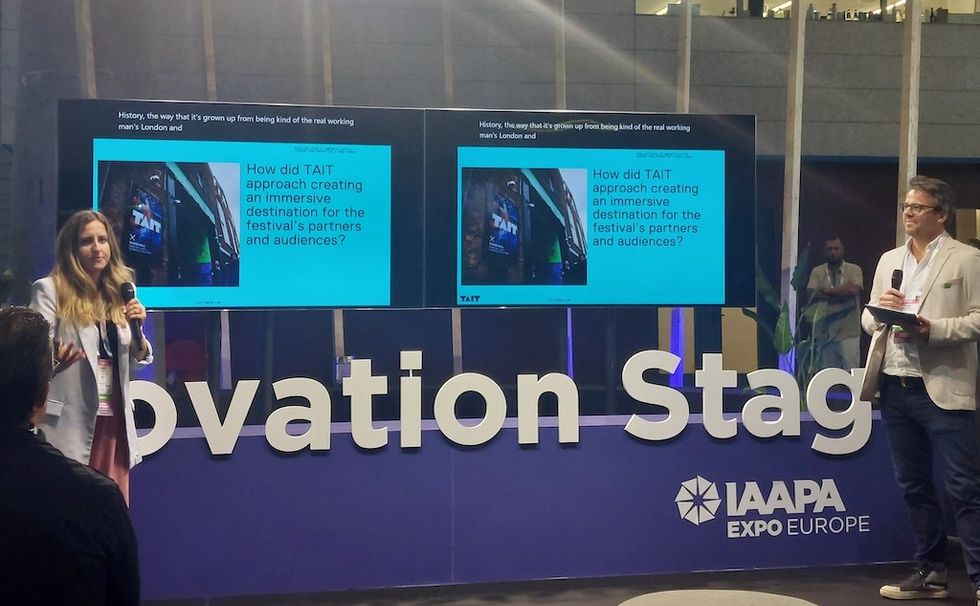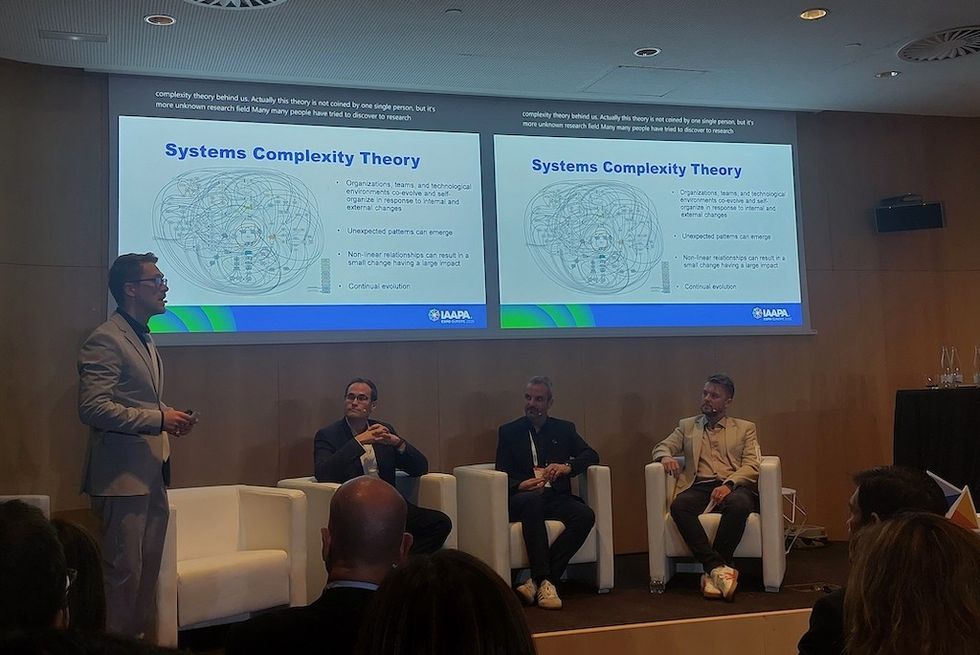The last World Expo (aka World’s Fair, international expo, international exhibition) in the US was New Orleans 1984. Since that time, world expos have been held in Japan (’85), Canada (’86), Australia (’88), Spain (’92), Korea (’93), Portugal (’98), Germany (2000) and Japan (’05). Next year Spain hosts Zaragoza Expo 2008. Following that, China hosts Shanghai Expo 2010 and Korea hosts Yeosu Expo 2012. But in the US, the hosting of expos has come to an abrupt end, in spite of a long history that includes many outstanding events.
By Gordon Linden and Paul Creighton
In the meantime, other nations around the globe continue to pursue the expo dream, along with the substantial municipal and regional benefits that, in the case of a well-planned event, accompany the privilege of hosting.
Consider: Zaragoza Expo 2008 will run June 14-Sept 14. When it closes its doors, the pavilions will be converted into a 160, 000-square-meter business park. Whereas in Shanghai, Expo 2010 (set to run May 1 – Oct 31 of that year) is the instrument of regenerating a run-down industrial waterfront site as a component of the Huangpu Riverside Regeneration Program. “The expo will not only give the area a complete facelift, but also turn it into a pilot for new urban living, a firm testament to the very theme of Expo 2010: ‘Better City, Better Life, ’” say organizers.
Following 1958, when Brussels, Belgium was the first to host a world expo after World War II, half a dozen expos took place in the United States within a 22-year period. These were: Seattle’s Century 21 Exposition (’62), the New York World’s Fair of 1964-1965, HemisFair in San Antonio, Texas (’68), Expo 74 in Spokane, Washington, the International Energy Exposition in Knoxville, Tennessee (’82) and finally the Louisiana World Exposition of 1984 (the same year as the Los Angeles Summer Olympics).
Building International Goodwill and Boosting Trade
While New Orleans 84 was neither a model of organization nor of content, it nevertheless was a useful redevelopment vehicle, leaving a series of improvements to downtown New Orleans supporting the city’s tourist and convention business. Other US cities have enjoyed post-expo benefits. Seattle’s Space Needle is a landmark recognized throughout the world. The city’s monorail connects downtown with the Seattle Center, which in addition to being the home of the Space Needle, also boasts the popular Pacific Science Center -the former US Pavilion at the expo. The monorail, it’s worth noting, produces an annual operating surplus. The former expo site has also attracted other development, such as the Experience Music Project, developed by Bill Gates’ former partner, Paul Allen.
One of the great US expo legacy stories is that of Spokane, Washington, which, through a remarkable public-private partnership, held a small but successful world’s fair in 1974 on the theme of the environment. Spokane regained its access to the spectacular sight of the Spokane River and developed a beautiful downtown park in the process; the city also gained an Opera House and Convention Center.
Lisbon, Portugal, in hosting Expo ’98, replaced an aging refinery located on prime real estate on the city’s waterfront, with a range of community facilities including a new aquarium, multimodal transit station, convention center, 9, 000-seat performance hall, and new housing.
Hanover, Germany’s Expo 2000 served as a vehicle to expand the city’s trade fair, one of the largest in Europe.
How and how much a city benefits from hosting an expo is primarily a matter of good planning. But the above examples demonstrate that expos - unlike major one-time sports events which have specific building and facilities requirements - are more flexible and can leave behind a host of residual developments including parks, meeting and performance halls, theme structures, museums, housing… practically anything that a community needs.
The US hasn’t just passively left off hosting expos. The US is in fact no longer a member of the Bureau of International Expositions. The Paris-based BIE is a quasi-governmental treaty organization formed in the late1920s to regulate the hosting of international expositions. The US was an active, supportive BIE member state for many years. But the US government now has legislation in place that prevents the country from spending a dime of federal funds on participation in expos abroad – and so the US participation record has deteriorated. The US was not among the community of international exhibitors at Hanover Expo 2000, which marked the creation of the European Union. (The US was present at Aichi Expo 2005, in an attractive, well-attended pavilion….funded by Toyota one of the best-selling auto brands in the US.)
Cost is a factor in all of this. Some criticize the “here today – gone tomorrow” character of many past international expositions wherein big, expensive structures were built only to be demolished later with little or nothing permanent to show for all the trouble.
The Legacy ; It's About What you Leave Behind
The cost question can be examined by looking at the Olympic Games. Los Angeles 1984 demonstrated that hosting the Games could be managed in a financially positive way. Organizers achieved a surplus by doing two things: raising revenues and lowering expenses. They were able to significantly increase the broadcast rights fees for television over those charged at prior Olympic events, making it evident that previous organizers and the IOC had undervalued the assets they controlled. On the cost side, Los Angeles built only one new sports venue – a swimming pool paid for by MacDonald’s – and staged the Games in existing facilities, thereby saving millions of dollars in costs when compared to previous organizations. Of course, the region had many existing facilities to draw upon, but the organizers fully realized the potential of these assets, and leveraged them. For the IOC, the use of existing facilities has become something of a mantra for dealing with rising costs and addressing critics who are increasingly calling on event organizers to develop sustainable projects.
Based on the experience of several feasibility studies conducted by the authors, the use of existing buildings could significantly reduce an expo’s costs when compared with building new structures. Several options studied in the San Francisco Bay Area included: former military installations (warehouses, aircraft hangars, etc.), waterfront piers, and convention centers. Other potential sites could be large state and county fairgrounds. All of these buildings could serve, with a little imagination and some temporary improvements, as exhibition halls for an expo.
When building from scratch, a solid post-expo use plan is essential. Zaragoza organizers describe their plan to convert the Expo 2008 pavilion complex into a business park as “an architectural solution that will allow the offices to be laid out with great flexibility and luminosity. The base is a skeleton structure that could use some of the pavilion facilities, although the more ephemeral elements such as the façades, pathways and pedestrian ramps will disappear. Regarding the structure of the building, wrought iron beams will be used to create two new floors between the two existing ones. Estudio Lamela and the Master de Ingeniería y Arquitectura studio have been commissioned with the restructuring project. The commercialization of the interior spaces will be managed by the international consultants Jones Lang and King Sturge. The aims of this project are to minimise the investment in the post-expo phase by taking maximum advantage of the architectural philosophy of the expo phase, and to obtain maximum versatility vis-à-vis future trade.”
A Solid Post-Expo Plan is Essential
In the case of Shanghai, which is also building from scratch, the redeveloped site is close to Shanghai’s downtown and its transportation lines. The shipyards and steel plants being displaced will be relocated. “This fits perfectly into the city's industrial restructuring strategy, ” say organizers.
In contrast to the decline of interest and support on the part of the US government in participating in Expos abroad and promoting home-grown Expos, there is no lack of interest and participation on the part of other countries and international entities, which have been signing up to participate in record numbers. They recognize the benefits of doing so in terms of building international goodwill and boosting trade.
Given current political circumstances and priorities, the near term opportunities for the US to promote a world expo look slim. But, as with the case of the ’84 Olympics wherein Los Angeles was the only viable bidder for the Summer Games after Tehran had dropped out, sometimes change comes when opportunity knocks. With America’s need to reposition its image abroad at a crossroads, Expo participation would seem a logical vehicle. At home, with numerous urban redevelopment opportunities being created through needs to address environmental problems of the past and city centers seek to reclaim their vitality after decades of decline through suburban expansion, an Expo could be a viable means to forge real change. Some re-thinking of the concept - a truly creative, fresh approach that takes into account a new time and a new vision, as was done with the Olympics - could give rebirth to the expo tradition here. It could happen – and the city that accomplishes it will realize the benefits. In the meantime, with the abundance of evidence of past successes we are not surprised that expos continue to find enthusiastic adopters around the world. The cities of Tangier, Morocco and Wroclaw, Poland competed with Yeosu for the honor of hosting Expo 2012. Expo 2015 will be held in either Izmir or Milan, and four Canadian cities (Edmonton, Hamilton, Montreal and Ottawa) are among those considering a bid for 2017.
Gordon Linden AIA, AICP is Manager of Planning and Urban Design with Parsons International, based in Dubai, UAE where he has responsibility for directing the planning of a variety of mega-projects in the Middle East. During his career, he has worked on numerous one-time events, including Olympic Games and International Expositions; recently he was part of a team assisting Toronto, Canada in assessing the potentials for hosting an expo in 2015. Visit www.gordonlinden.com.
Paul Creighton is President of Creighton Management, Inc. in Olympia, Washington, a private firm specializing in recreational park development and world’s fair development and management. Mr. Creighton has held management positions at numerous North American expos and acted as an advisor to several expo organizations in Europe, Asia and North America.
This article was first published in the 2008 TEA Annual & Directory. It is reprinted here with the permission of TEA (Themed Entertainment Association). TEA is an international alliance representing the creators of compelling places and experiences.
Image at top: Heatherwick Studio's winning design for the British Pavilion at Shanghai Expo 2010. Photo courtesy Heatherwick Studio.











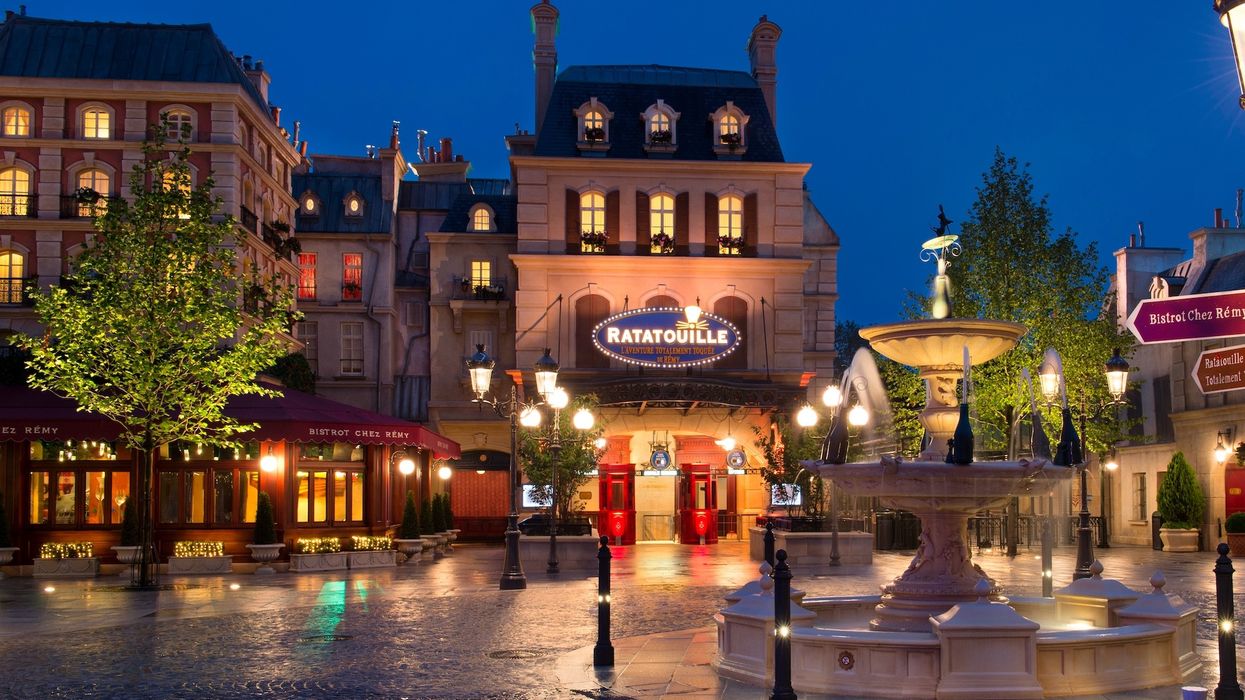




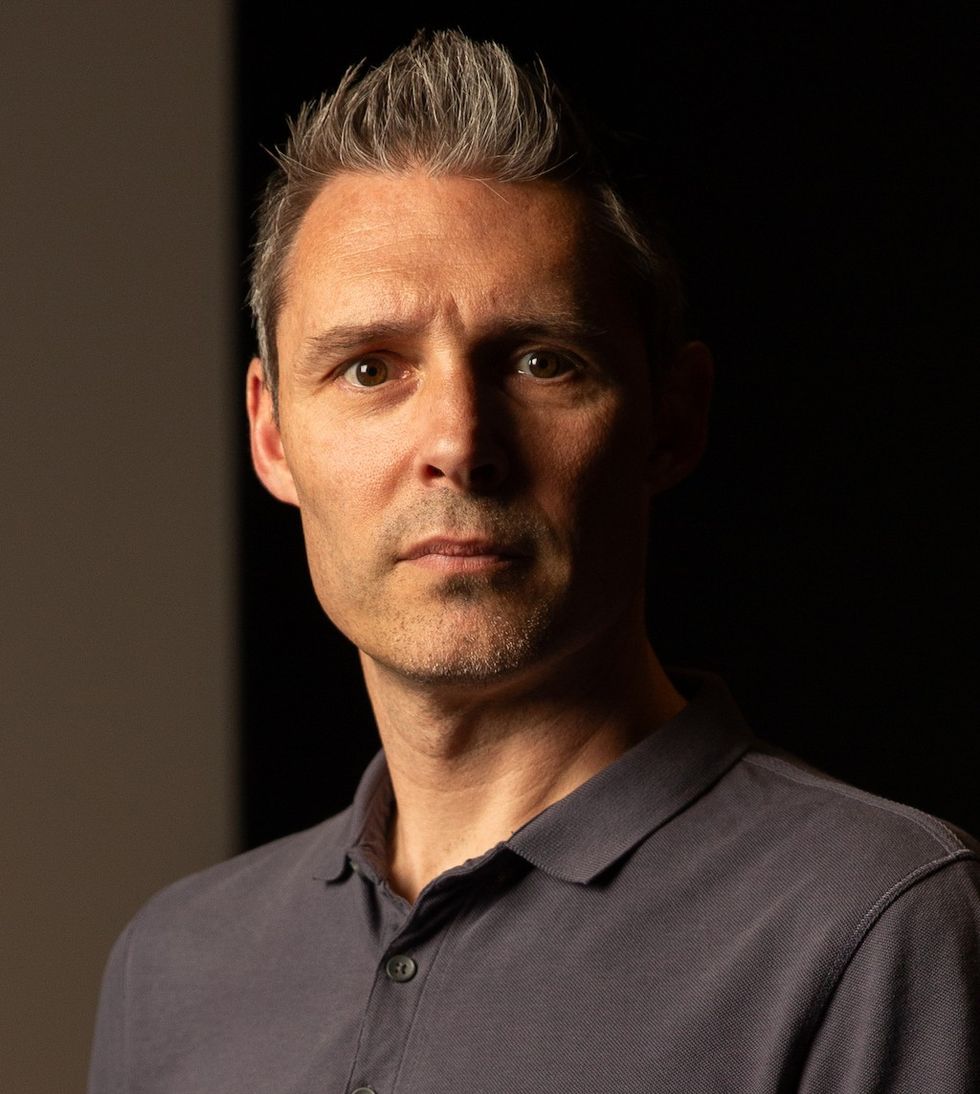

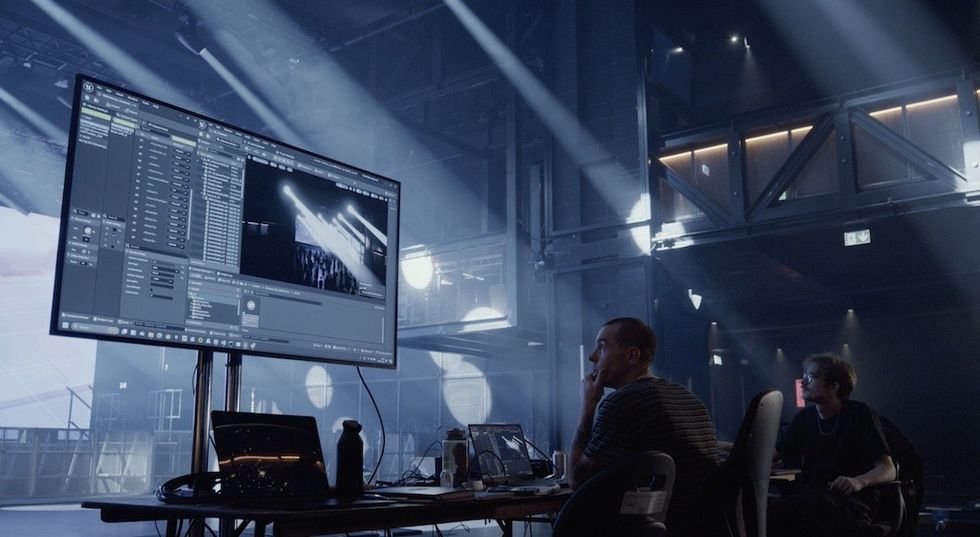


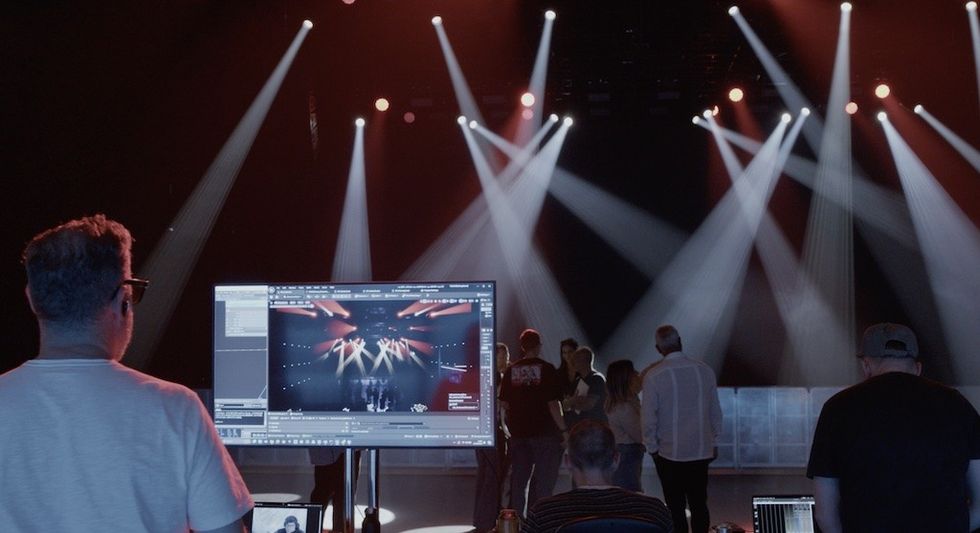


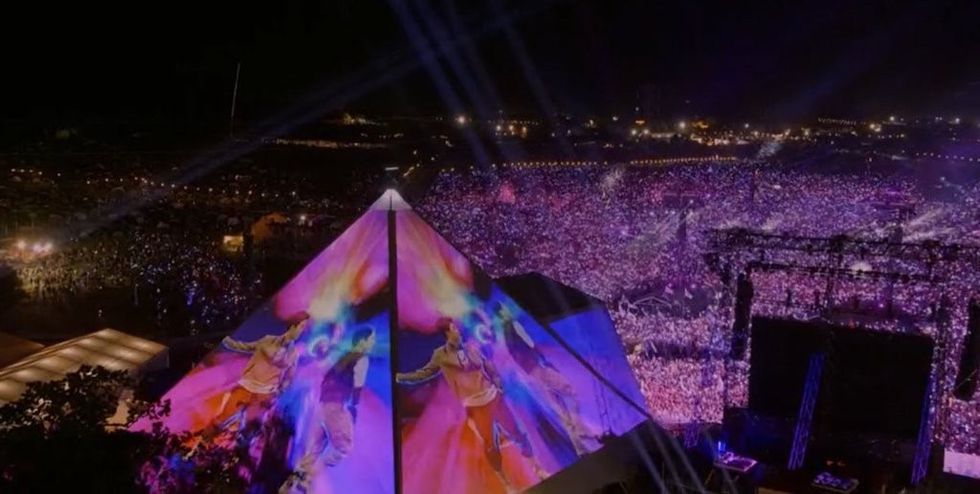


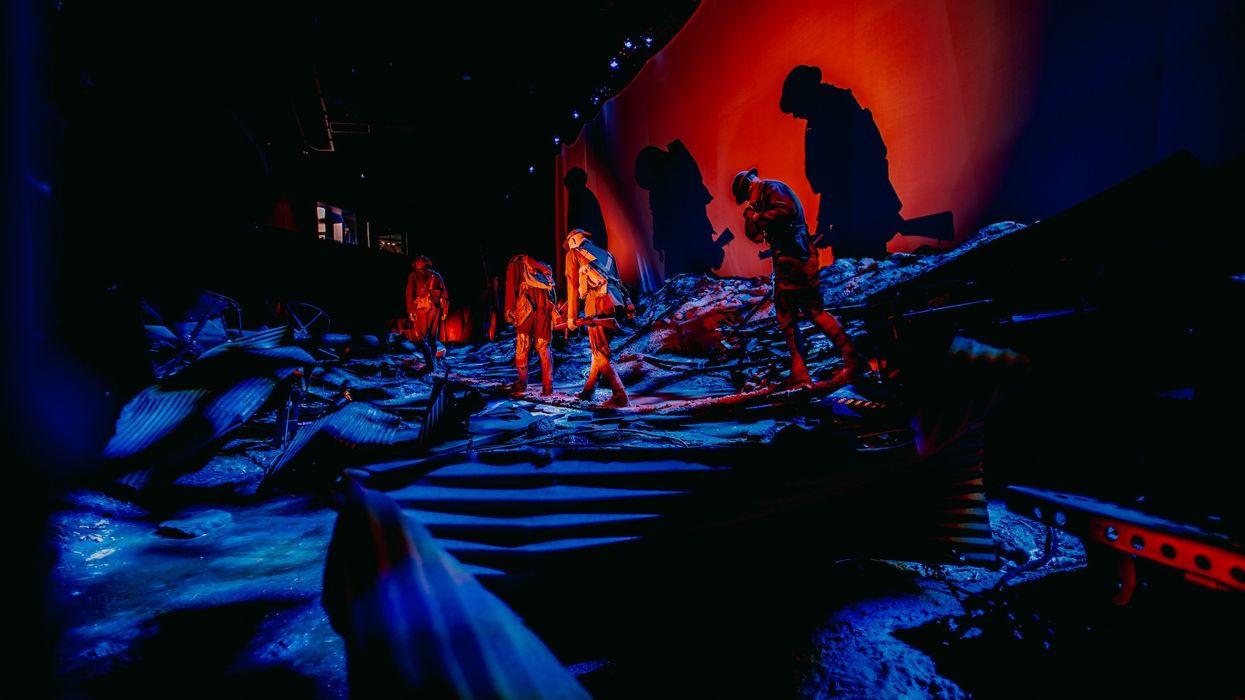

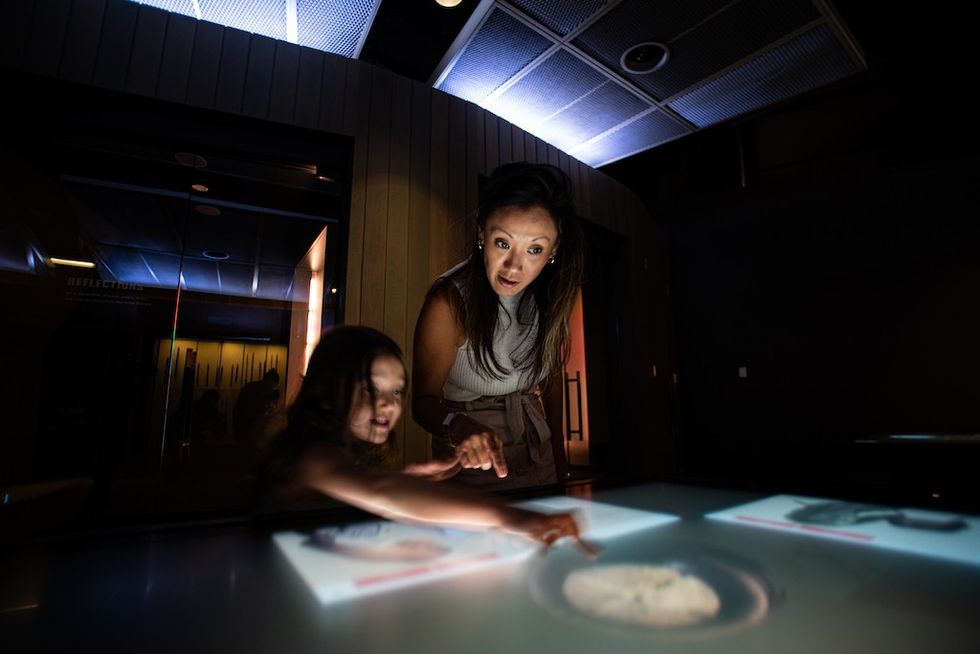
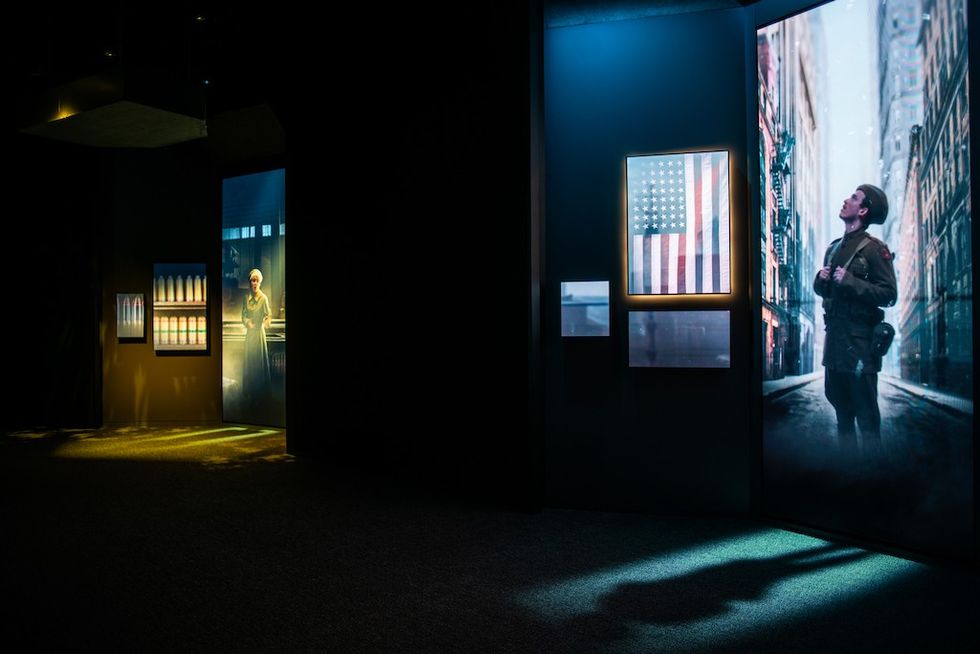


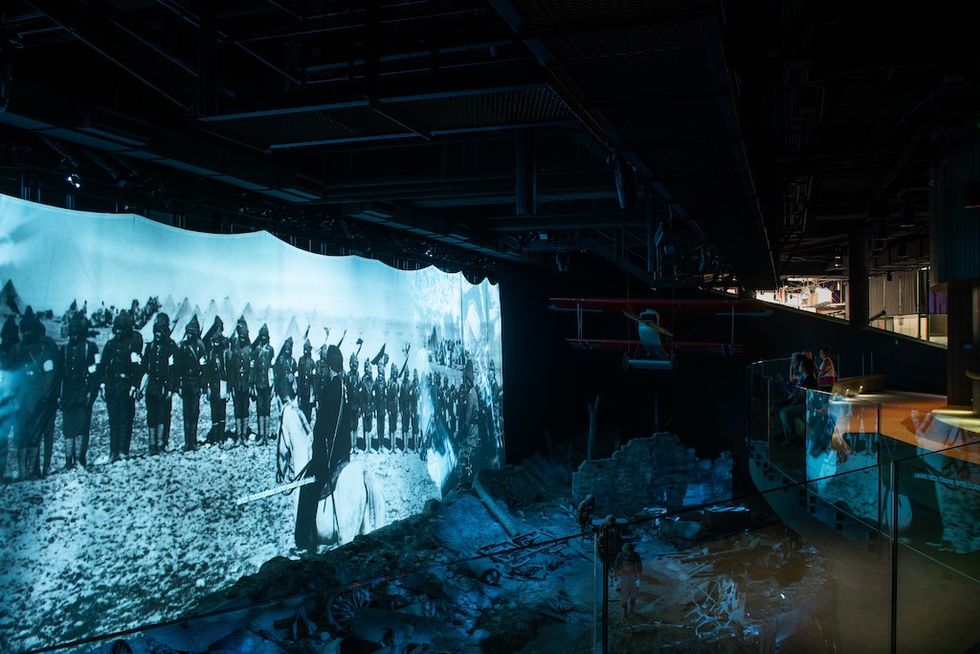
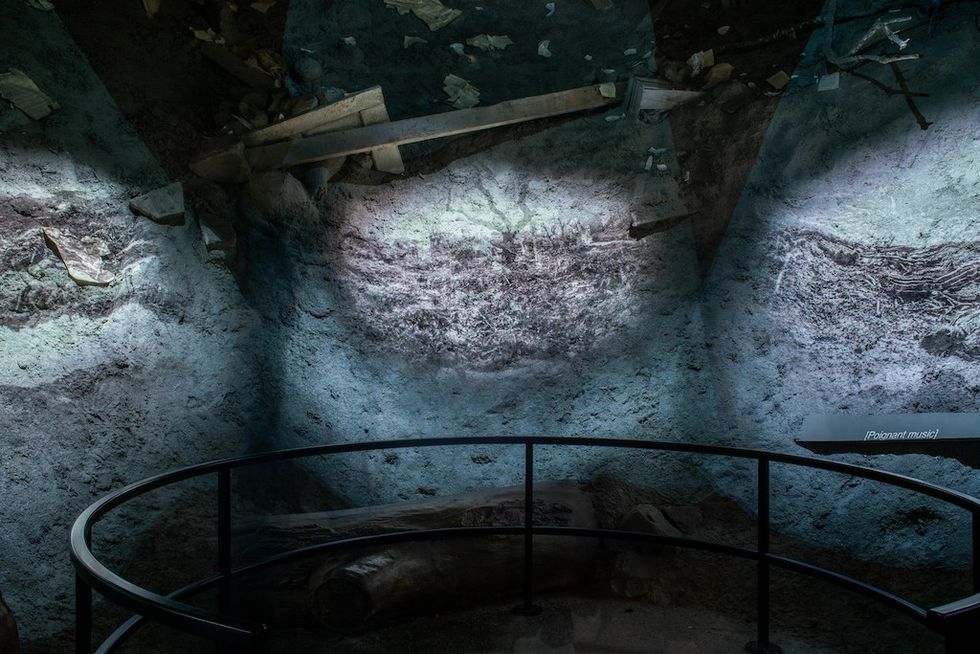
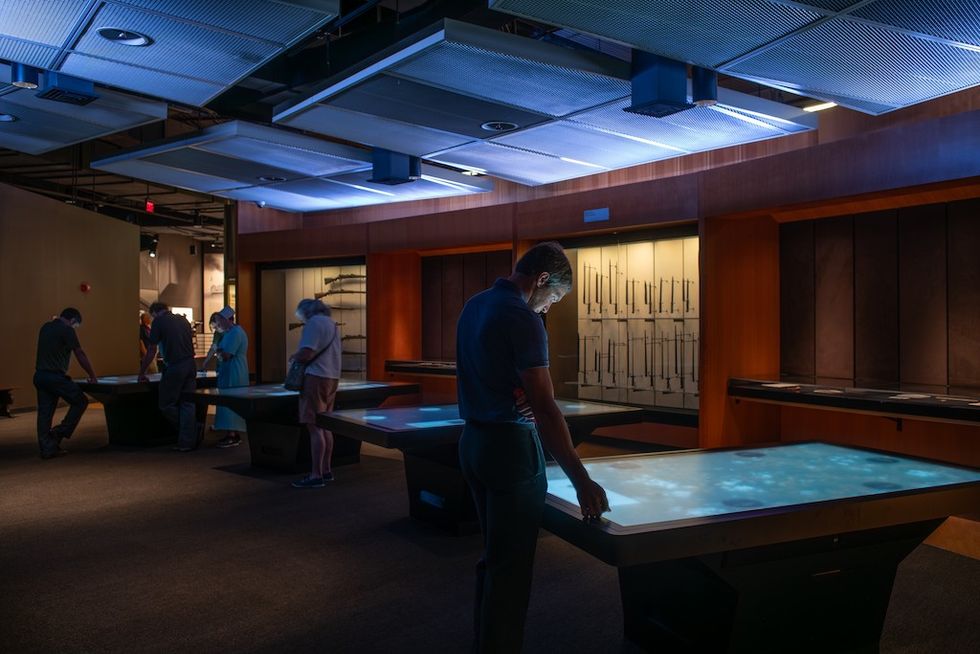



 Image courtesy of Wellington Zoo
Image courtesy of Wellington Zoo
 Fifield visiting WAZA member Zoo Negara in Malaysia in April 2025 © WAZA
Fifield visiting WAZA member Zoo Negara in Malaysia in April 2025 © WAZA Image courtesy of Wellington Zoo
Image courtesy of Wellington Zoo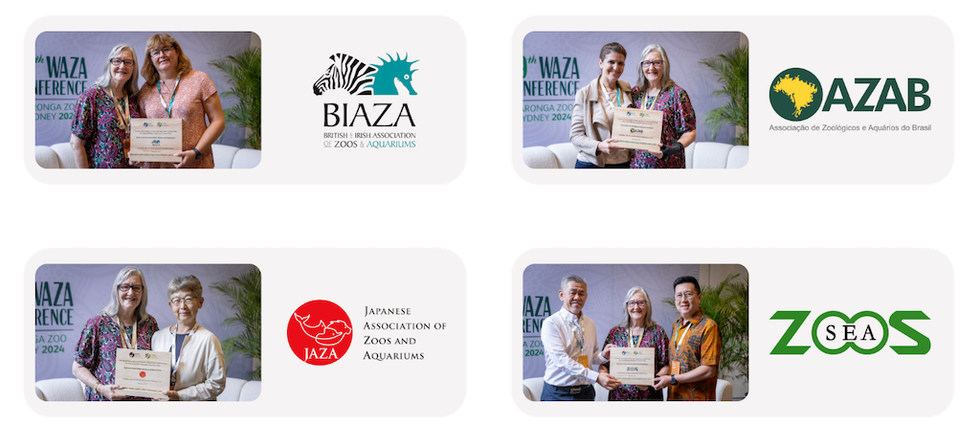 WAZA member associations that met the 2023 WAZA Animal Welfare Goal in 2024 © WAZA
WAZA member associations that met the 2023 WAZA Animal Welfare Goal in 2024 © WAZA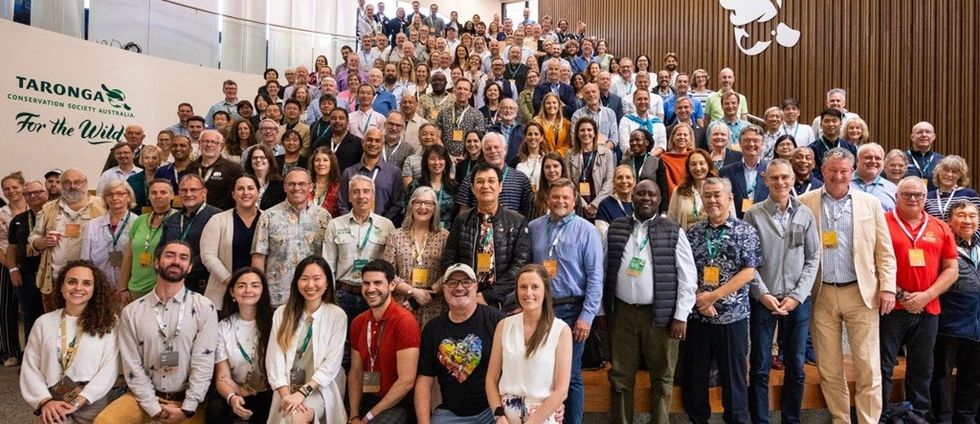 WAZA conference 2024
WAZA conference 2024

